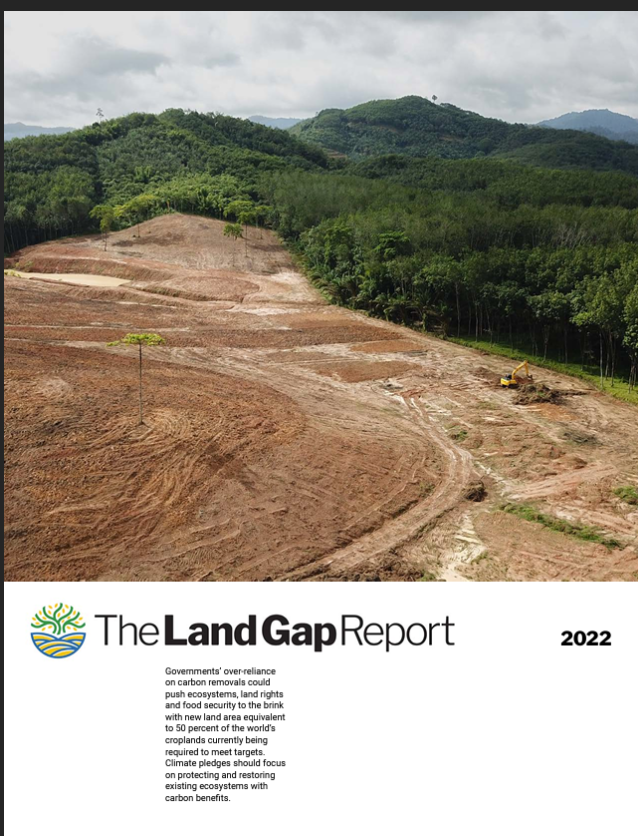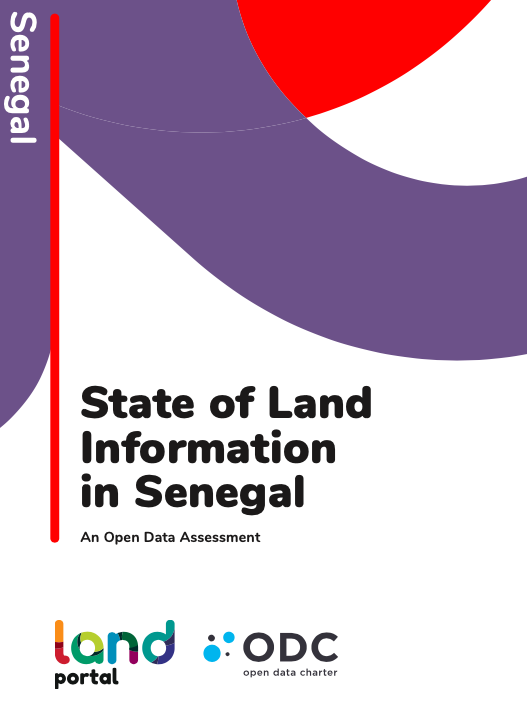Resolving land use conflicts through Joint Village Land Use Planning
Meet district participatory land use team member, Patrick – also known as the peacemaker – who helps communities implement CGIAR’s Joint Village Land Use Planning process. Learn how the process can help pastoral and farming communities mutually agree on how to use shared land so that everyone can manage and conserve resources peacefully, to achieve livelihood, biodiversity and environment outcomes. Created by and for the International Livestock Research Institute and the CGIAR initiative on Livestock and Climate.



